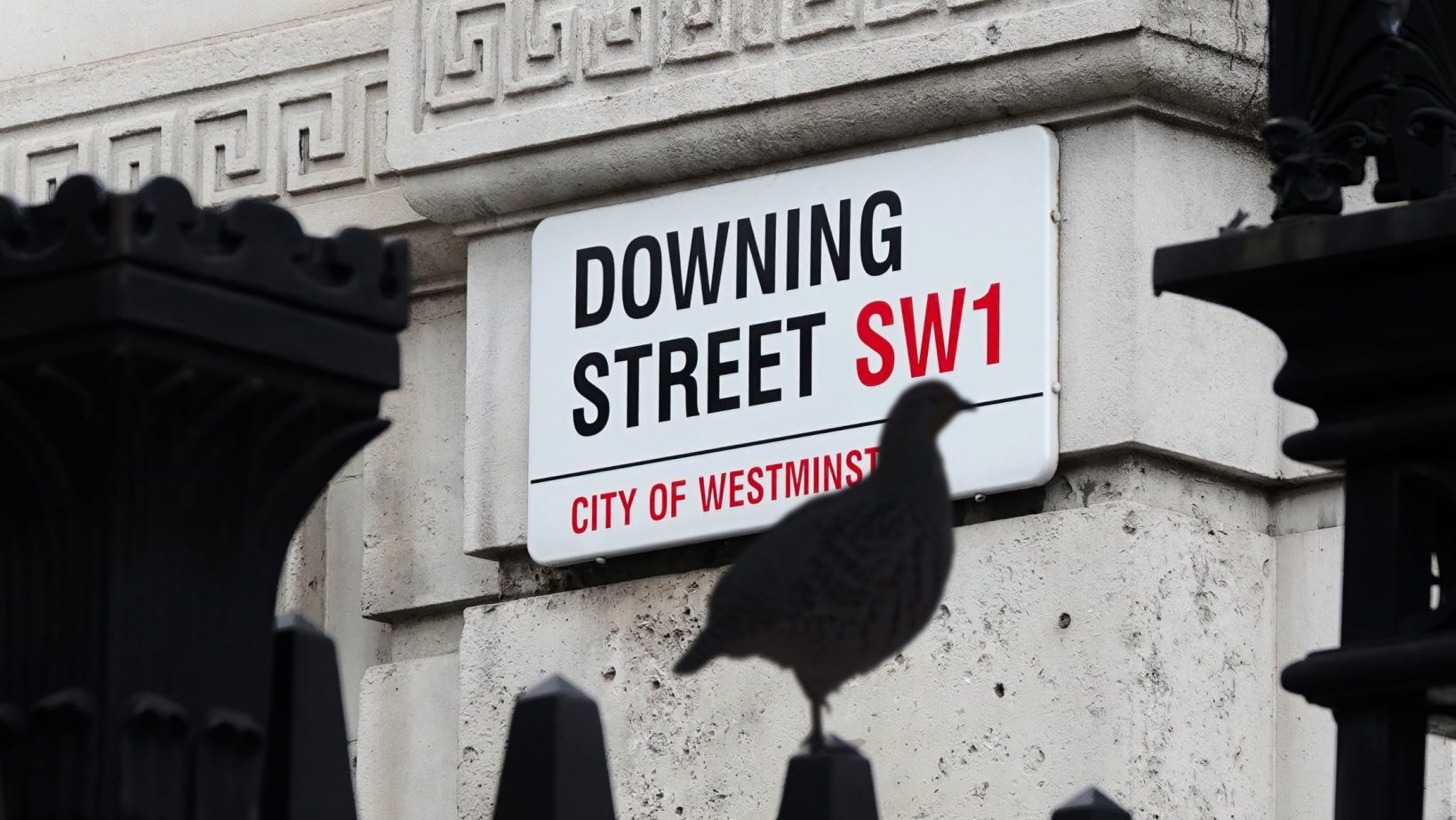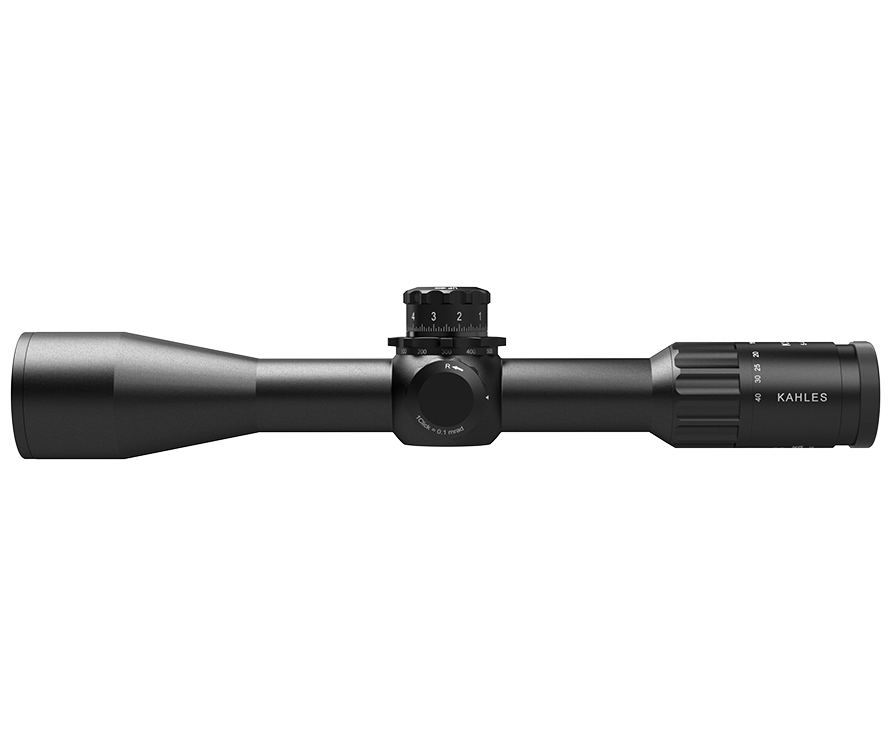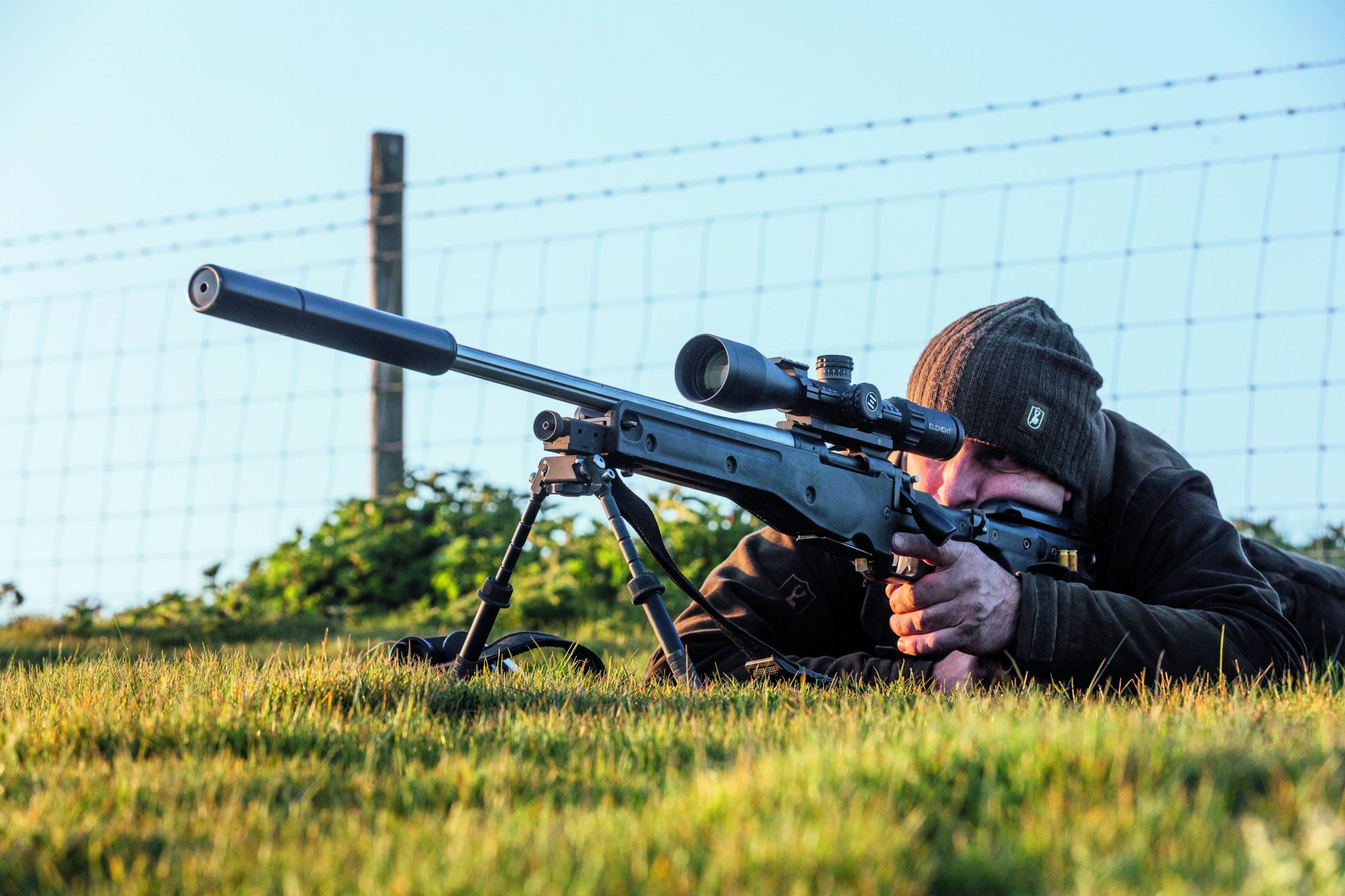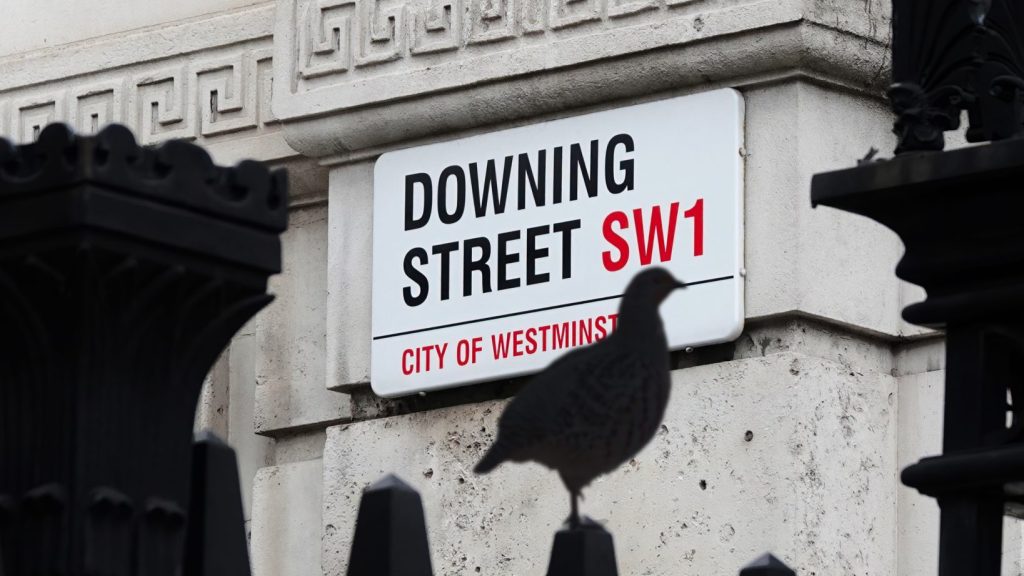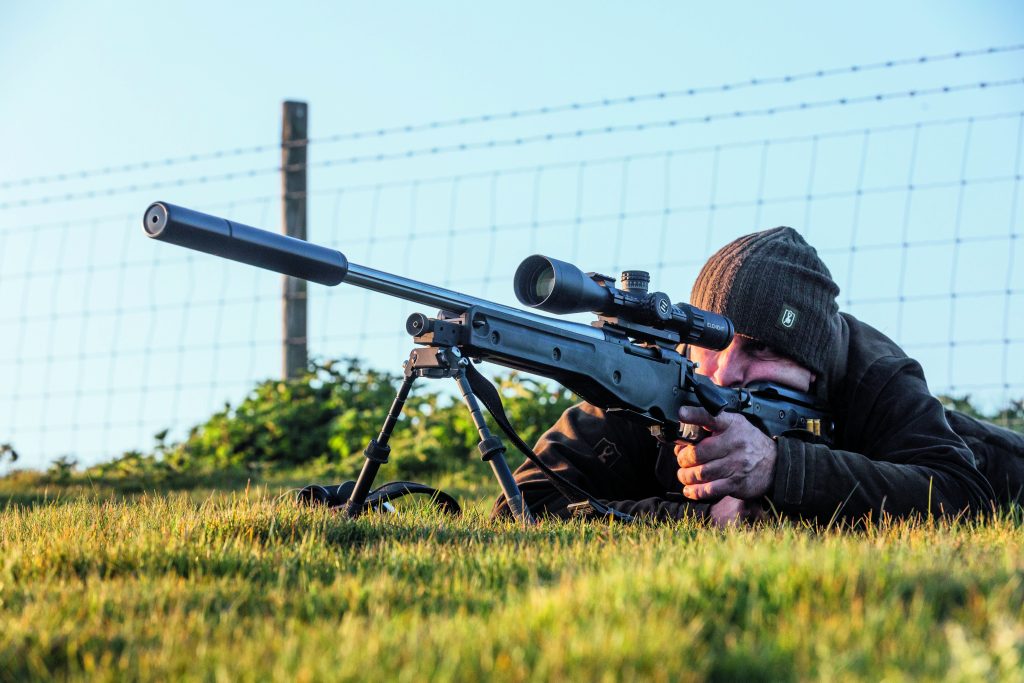News
Is RSPB ‘point-scoring’ in capercaillie crisis?
Would you like to speak to our readers? We offer sponsored articles and advertising to put you in front of our audience. Find out more.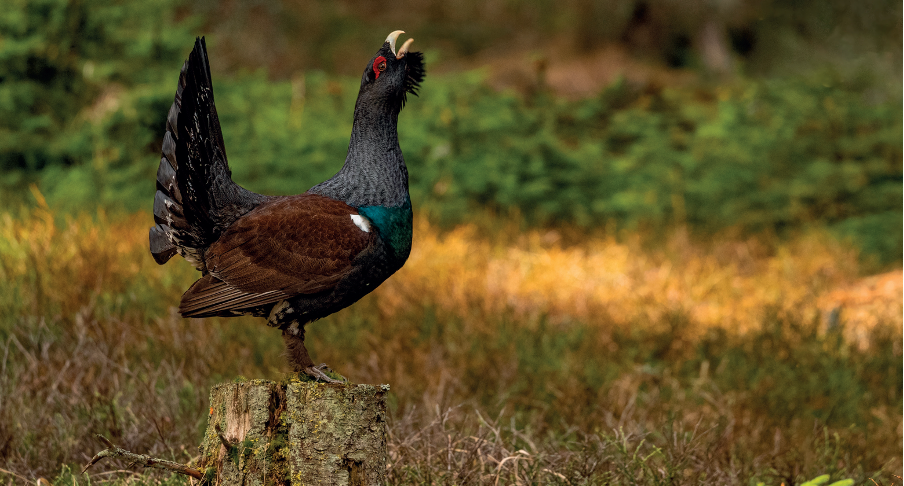
RSPB Scotland has urged NatureScot to take action regarding the release of gamebirds on, or adjacent to, capercaillie Special Protection Areas (SPAs).
In a series of emails last summer the RSPB suggested that the release of gamebirds could be a contributory factor to the capercaillie crisis. In one, the RSPB told NatureScot it was “increasingly concerned about pheasant releases and gamebird rearing near capercaillie SPAs”, noting “we have observed capercaillie declines in the areas closest to gamebird releases”.
The RSPB also says gamebird release could be impacting the capercaillie through “competition, increase in parasite burden, import of disease” and an “increase in generalist predators”. A spokesman for the Scottish Gamekeepers Association said that where pheasants are released, predators are controlled legally by keepers and “increased predation should not be a major issue”.
In response to the emails, NatureScot said little was known about the negative impact of pheasants on areas inhabited by capercaillie in Scotland, and it currently has no legal authority to require land managers to apply for consent to release gamebirds outside of protected areas.
Rufus Sage, head of lowland game bird research at the GWCT, said: “This focus on pheasant release as a major issue lacks supporting evidence and may divert attention from the more significant challenges faced by capercaillie, such as predation and habitat loss. Addressing these fundamental issues is much more complex than simply blaming gamebird releases.”
Claire Smith, senior conservation officer at RSPB Scotland, said: “The RSPB has expressed concern about the impacts released gamebirds may have on capercaillie and other native species for many years. As capercaillie are closely related to pheasants and red-legged partridges they are susceptible to the same parasites and diseases. We expressed these concerns as part of the consultation on the Capercaillie Emergency Plan, highlighting the need for specific action and funding for further research on reducing parasitic pressure. We were pleased to see this included in the final plan and continue to call for proactive action from NatureScot around the release of gamebirds on, or adjacent to, SPAs.”
Conservationist and author Patrick Laurie told Shooting Times: “It seems odd that shooters and gamekeepers, who have done so much for capercaillie over the years, are being attacked behind the scenes by their partners in what is supposed to be a collaborative attempt to protect these birds.
“Capercaillie will certainly vanish if we can’t work together, so it’s deeply disappointing to discover the extent to which partner organisations are squabbling and backbiting to score wider points.”
Related articles
News
Anti-grouse shooting petition crushed by MPs who don't even shoot
Wild Justice's petition to ban driven grouse shooting was quashed in Westminster Hall yesterday, with all but one MP opposing the ban
By Time Well Spent
News
A sound decision as moderators to be taken off licences
The Government has finally confirmed what the shooting community has long argued – that sound moderators should be removed from firearms licensing controls
By Time Well Spent
Manage Consent
To provide the best experiences, we use technologies like cookies to store and/or access device information. Consenting to these technologies will allow us to process data such as browsing behavior or unique IDs on this site. Not consenting or withdrawing consent, may adversely affect certain features and functions.
Functional Always active
The technical storage or access is strictly necessary for the legitimate purpose of enabling the use of a specific service explicitly requested by the subscriber or user, or for the sole purpose of carrying out the transmission of a communication over an electronic communications network.
Preferences
The technical storage or access is necessary for the legitimate purpose of storing preferences that are not requested by the subscriber or user.
Statistics
The technical storage or access that is used exclusively for statistical purposes.
The technical storage or access that is used exclusively for anonymous statistical purposes. Without a subpoena, voluntary compliance on the part of your Internet Service Provider, or additional records from a third party, information stored or retrieved for this purpose alone cannot usually be used to identify you.
Marketing
The technical storage or access is required to create user profiles to send advertising, or to track the user on a website or across several websites for similar marketing purposes.

